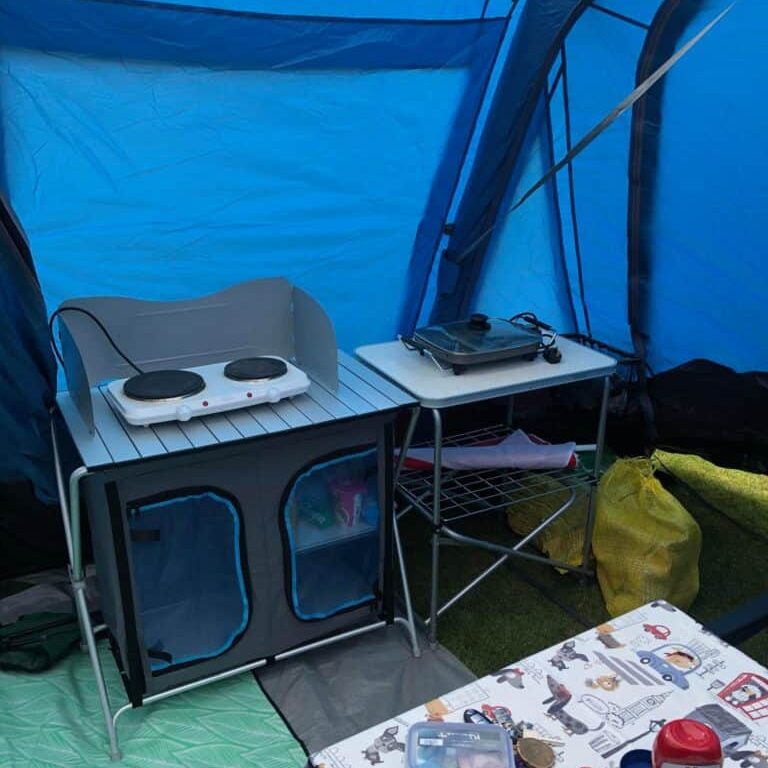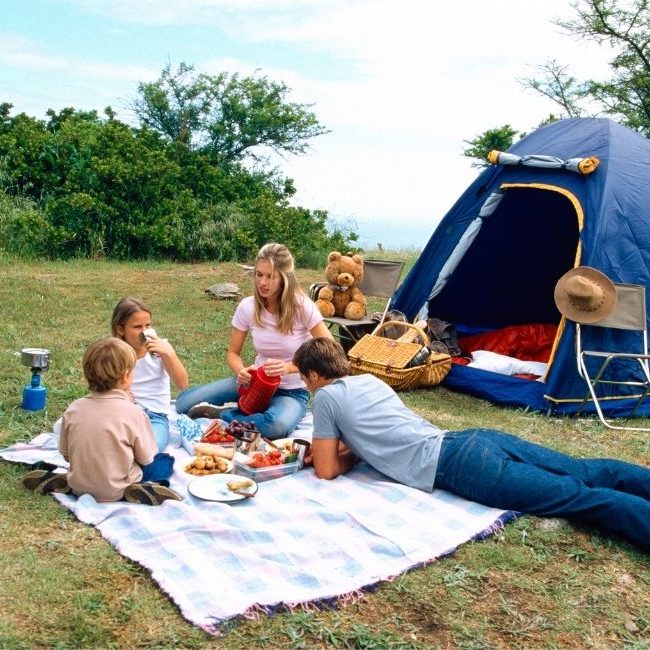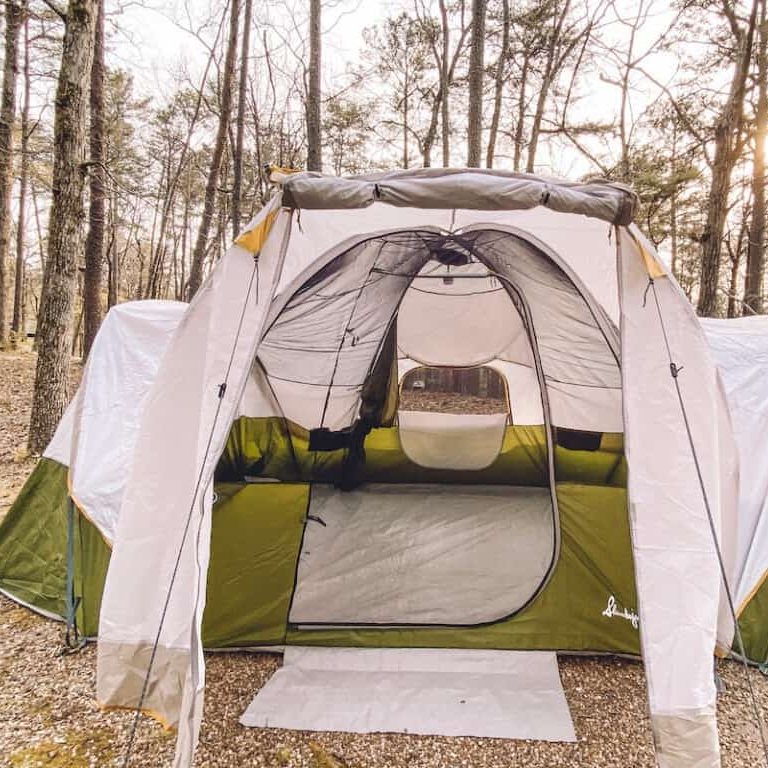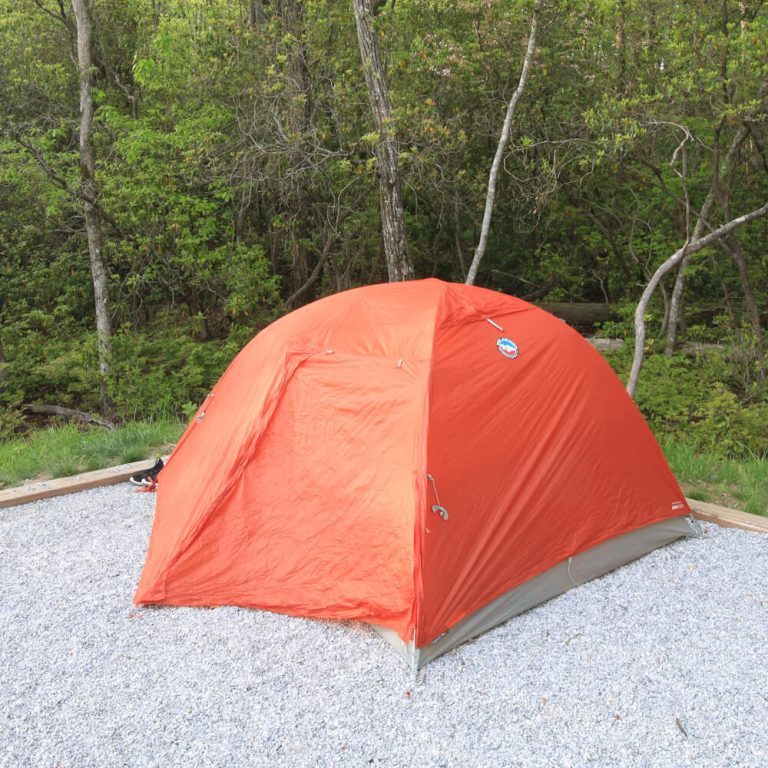Introduction: The Joy of Camping
Setting up a tent is an essential skill for any camping enthusiast. Whether you are heading out for a weekend adventure or a longer trip, knowing how to pitch a tent can enhance your outdoor experience. A well-set tent provides shelter from the elements and a cozy space to sleep.
In this article, we will guide you through the process of setting up a tent, from choosing the right spot to securing it for wind and rain. With some simple steps and a bit of practice, you will become confident in pitching your tent, allowing you to focus on enjoying nature.
Choosing the Right Spot
Look for a Level Surface
The first step in setting up your tent is selecting the perfect location. Look for a level surface that is free of rocks, sticks, and other debris. A flat area will make sleeping more comfortable and stable.
Avoid low-lying spots, as water can accumulate there during rain. Additionally, consider the direction of the sun. Setting your tent in a shaded area can help keep it cool during hot summer days. Taking a little time to choose the right spot will pay off in comfort later.
Consider Surroundings
While choosing a location, also think about your surroundings. Look for natural windbreaks, such as trees or bushes, to help shield your tent from strong winds. Additionally, ensure you are a safe distance from water sources like rivers or lakes to avoid flooding.
Keep an eye out for potential hazards overhead, such as dead branches that could fall. Ensuring your campsite is safe will help you relax and enjoy your time outdoors, allowing you to focus on the beauty of nature.

Unpacking Your Tent
Organizing the Tent Components
Once you have found the ideal spot, it’s time to unpack your tent. Lay out all components in an organized manner. This usually includes the tent body, rainfly, poles, stakes, and guylines.
Take a moment to check for any missing parts or damage before you start. This thorough check can save you time later and prevent any frustrations while setting up. Organizing your materials also makes the process smoother and more efficient.
Read the Instructions
Before you begin setting up, consult the tent’s instructions if available. These guidelines can provide valuable insights specific to your tent model. Take note of any unique setup features or requirements that may apply.
Familiarizing yourself with these details will help ensure you follow the right steps. Even experienced campers can benefit from reviewing the instructions, as each tent design may vary slightly.
Assembling the Tent Poles
Identifying the Poles
Tent poles are essential for providing structure and stability. Start by identifying the poles according to the instructions. Most tents use shock-corded poles that snap together for easy assembly.
Lay the poles on the ground and connect them properly, ensuring you secure each section. This careful assembly is important for the integrity of your tent. Properly fitted poles will contribute to a more stable structure once your tent is erected.
Inserting the Poles
Once assembled, it’s time to insert the poles into the tent. Start by laying the tent body on the ground, with the door facing the desired direction. Locate the pole sleeves or clips, which are where you will slide or attach the poles.
As you insert the poles, create an X-shaped structure if needed. Secure the poles in place according to the instructions. Once the poles are inserted, your tent will start to take shape, and you’ll be one step closer to having a fully set-up tent.

Securing the Tent
Using Stakes for Stability
To ensure your tent remains stable, securing it is crucial. Begin with the tent corners, and stake them down in the ground. Drive the stakes into the dirt at a 45-degree angle for maximum stability.
Make sure to pull the fabric tight as you pound the stakes down. This helps prevent flapping or movement in windy conditions. A securely staked tent will provide a more comfortable environment while you sleep or relax.
Adjusting the Guylines
After securing the stakes, check the guylines. These lines help stabilize your tent further, especially in windy weather. Attach the guylines to the designated points on your tent, ensuring that they are taut but not overly tight.
Adjusting guylines properly helps maintain the tent’s shape while also allowing for some flexibility. This balance is essential to withstand changing weather conditions. Make sure to check the guylines periodically to ensure they remain secured.
Adding the Rainfly
Understanding the Function of the Rainfly
The rainfly is a vital component of your tent setup. It provides an extra layer of protection from rain and wind. Before attaching it, make sure the tent body is completely dry to prevent mildew or mold.
Check the rainfly for any tags indicating which side should face out. This small detail can significantly improve performance during storms. Understanding the purpose of the rainfly helps you appreciate its importance in keeping your camping experience enjoyable.
Attaching the Rainfly
Attach the rainfly over the tent, aligning it with the body. Most rainflies have clips or hooks designed for easy attachment. Ensure the rainfly is secured tightly, covering all openings to prevent water from entering.
Tuck excess material away from entry points to minimize water infiltration. This step is essential for a secure and cozy tent environment. Taking the time to attach the rainfly correctly can turn a potentially soggy night into a dry and pleasant experience.

Final Checks and Preparation
Inspecting the Setup
After setting up the tent, conduct a thorough inspection of your work. Walk around the external perimeter to ensure the tent is securely staked and the rainfly is properly attached.
Check the guylines and make any necessary adjustments. Additionally, confirm that there are no issues with the entrance or zippers. This final check ensures your tent is ready to withstand the elements, providing peace of mind as you settle in for the night.
Organizing the Interior
Now that the tent is securely set up, it’s time to organize the interior. Make sure the inside is clean and free of debris. Lay out sleeping bags, pillows, and any personal items you plan to use.
Think about the arrangement to maximize space and comfort. Placing items within easy reach will create a more pleasant camping experience. This attention to detail will make your tent feel like a cozy home in the great outdoors.
Troubleshooting Common Issues
Identifying Problems
Despite your best efforts, you might encounter occasional issues when setting up your tent. Common problems include difficulty in staking down the tent, rainwater pooling on the rainfly, or a tent that feels unstable. Recognizing these issues early helps you address them quickly.
For instance, if the tent isn’t taut, check the stakes and guylines. A tent that flaps heavily in the wind can feel less secure. Additionally, look for a flat area and make necessary adjustments. If water collects on the rainfly, ensure it is pitched at an angle to facilitate drainage. Awareness of these common problems will help you troubleshoot and enjoy a more comfortable camping experience.
Seeking Help When Needed
If you’re setting up your tent in a group setting or a campground, don’t hesitate to ask for assistance from fellow campers. They might have valuable tips based on their own experiences. Sometimes, an extra set of hands can make the process smoother, especially when handling larger tents or tricky setups.
Additionally, consider watching online tutorials or reading guidebooks that focus on tent setups. These resources can provide visual guidance and additional strategies for overcoming challenges. The camping community is generally supportive, and sharing knowledge benefits everyone involved. Remember, practice makes perfect, and the more you pitch your tent, the more comfortable and skilled you will become.
Conclusion: Enjoying the Outdoors
In conclusion, setting up a tent is a rewarding experience that enhances your camping adventures. By following these steps—from selecting the right spot to properly securing the tent—you will create a comfortable and reliable shelter.
Taking the time to learn and practice these skills will increase your confidence and enjoyment while exploring nature. Remember the importance of checking the care label, securing your setup, and organizing your interior. With practice, pitching a tent will become second nature. Enjoy your time outdoors, knowing you have a safe and cozy space to rest and relax after a day of adventure. Happy camping!
